Why Food Plots?
 Food Plots Have Become The Hot Topic In Deer Management, But Do Plots Really Work And How Do Plots Stack Up To Natural Habitat Management And Direct Feeding? Let’s See.
Food Plots Have Become The Hot Topic In Deer Management, But Do Plots Really Work And How Do Plots Stack Up To Natural Habitat Management And Direct Feeding? Let’s See.
The latest buzz in the deer-hunting world seems to revolve around the impact of nutritional management, particularly using food plots, on the number and size of deer a tract of land can produce. Obviously, that impact will vary by program and management intensity. But here, I want to use a simple comparison to illustrate the relative impact of supplemental (direct) feeding and food plots on the nutritional plane, thus on deer numbers and quality. I do not hold out the following numbers to be absolute; rather, they are intended to illustrate the relative nutritional impact of supplemental feeding over natural habitat and of food plots over supplemental feeding. Because of limited space, I will not try to explain every assumption and the reasoning behind it, but I've found these numbers to represent a fairly accurate picture of what goes on under these programs.
For illustration purposes, I will use the percent protein in the deer’s diet to represent relative nutritional plan. Certainly, I realize other nutritional factors besides protein are important, but the percent protein allows us to use meaningful numbers for comparison.
Natural Habitat
Assume an “average” deer eats 7 pounds of feed/day.
365 days x 7 pounds = 2,555 lbs. of feed/year/deer.
Assume natural habitat averages 11% protein year-round. (The general consensus among biologists is that deer need about 16% protein during the antler-growing/fawning period from early spring through summer. Eleven percent would be representative of quality habitat such as that of South Texas. A study in Alabama showed an annual average protein level of 7 percent, which would be representative of much of the South.)
Assume an acre of natural deer habitat can produce 200 lbs. of deer feed/year, but that only half of that (100 pounds) can be eaten without damaging the habitat. (In the Southeast, the average deer feed production is closer to 150 pounds/acre.)
With an annual production of 100 pounds of feed/acre of natural habitat and an annual requirement of 2,555 pounds of feed/deer, 25.6 acres are required to support one deer, which is about right for GOOD natural habitat. But with an average protein level of only 11%, body and antler sizes are going to be well under what is possible for the herd. Add to this the fact that many, indeed most, deer populations are overcrowded and that the production of the natural habitat has been severely curtailed by excessive pressure, and it’s easy to see why we have so many stunted and stressed deer herds today.
Direct Supplemental Feed
Assume a deer on decent natural habitat will eat no more than 25% of his daily diet in supplemental feed, i.e., high-protein pellets, cottonseed, soybeans, etc. (The only time I've ever seen deer eat more than about 2 pounds/deer/day in supplemental feed is when they have degraded the natural habitat to the point that browse (not just “ice cream” plants but also “subsistence” plants) is of limited availability, not just quality. True, deer can prosper on supplemental feed (as evidenced by penned deer totally dependant on supplemental feed), but they will only become dependant on it when forced to because of severely degraded habitat nearly devoid of natural browse. Thus, without first damaging the habitat to force them to greater dependence on supplement, the impact of supplemental feed on both numbers and quality is limited, though it certainly can be significant and important. Deer, if given a choice, are browsers by nature. Standing in one place at a feeder and eating “supplemental feed” is an unnatural act, and they will only do it in excess if forced to by the elimination of browse options.)
Assume supplemental feed has 20% protein.
At 25% daily consumption of supplement and 75% of natural (11% protein), the average protein level increases from 11% to 13.5% (about a 25% improvement) – a definite improvement but still below the 16% level reputed to be desired minimum.
Assuming that supplement replaces 25% of the natural browse, logic says that the density can increase by 25% – to a deer/19.1 acres – without a significant increase in browsing pressure on the habitat. And the increase in the nutritional plane, as reflected by the increased protein level, would result in an increase in body and antler size. How much? Perhaps something along the order of 25% of that possible under an ideal nutritional plane.
So under supplement, we see real but modest improvements in both deer numbers and quality –without, at least in theory, necessarily impacting the habitat beyond that of natural population levels. My experience with supplemental feed supports this theory. It can elevate the nutritional plane enough to improve size and allow more deer to be carried, but the degree of improvement is incremental and limited without damaging habitat. One of the great benefits of supplement is that it does tend to help level out year-to-year fluctuations. Also, it gives managers without an agricultural option a way to improve the herd. The danger of supplement is the temptation to increase numbers to the point that natural habitat is severely degraded, which will seriously affect fair chase and create an damaged ecosystem unacceptable to a responsible manager.
Agriculture
Assume an intensive year-round agricultural program directed toward deer.
Assume 75% daily consumption of prime agricultural crops by deer and 25% natural browse. (On Georgia’s Fort Perry Plantation, agricultural crops made up 80% of the deer’s annual diet. And under management, the deer density increased to more than five times that of natural carrying capacity, and all the while, the natural habitat steadily improved. On Tecomate Ranch, studies show that agriculture made up 70% of the deer’s summer diet back in the days when only 2.3% of the ranch was in food plots. In the West, deer on river bottom habitat with irrigated alfalfa are almost totally dependent on alfalfa when it is available. The same trend is true in the Midwest and Central Canada. Here’s the key – deer view prime agricultural crops as browse, not supplement. Depending on the quality of the native browse and that of the agricultural crops, deer will utilize agriculture almost exclusively, just as they would any highly nutritious, highly digestible “ice cream” plant. To deer, lablab, cowpeas, clovers, alfalfa, etc., are simply super forbs, in super abundance.
Assume average (warm-season) agricultural protein level of 25% protein. (I know that cool season crops, such as cereal grains, don’t have – or need – that level of protein, but we’re speaking in relative terms. And, some plants, such as lablab (especially the tips, which are what the deer eat mostly), average 32% protein.)
At 75% agricultural consumption of 25% protein and 25% natural browse consumption at 11% protein, the average protein level is 21.5%. Even at 20% average for agricultural crops, the relative protein level still comes in at 17.75%. (The impact on deer numbers and quality at these relative levels is obvious and dramatic.)
With 75% agricultural consumption, logic dictates a corresponding reduction in natural browse pressure, allowing density to increase from a deer/25.6 acres on native browse to a deer/6.4 acres on agriculture … without, at least in theory, increasing pressure on the natural habitat. It’s easy to see that both quality and numbers can be significantly increased through agriculture. In fact, under intensive agricultural programs, it is possible to carry two, three or even more times as many deer as the natural habitat can support and to grow bigger bucks than was ever possible on natural habitat alone. The key to achieving these agricultural gains is intensive farming that consistently produces the necessary crops. That is not something everybody is willing to do or capable of doing. It is a big commitment in every sense, but it is possible. This is more than theory – it is being done … without damaging the habitat. And, the beauty is that a manager can choose his level of management intensity based on his personal goals and resources. Certainly, for most managers, a reasonable combination of natural habitat management, supplement and agriculture is a logical and feasible way to go.
Because the quality of natural habitat can be preserved under a responsible food plot strategy even in the face of significantly higher deer populations, fair chase (which is greatly compromised by the degradation of habitat and the forced taming of deer associated with over-browsed habitat, even with direct feeding) can be protected if managers set as part of their management goals the requirement to protect the integrity of the natural environment. As responsible land stewards, protecting the habitat and fair chase is essential if we managers are to hold the high ground with both the hunting and non-hunting public.
Posted by David Morris
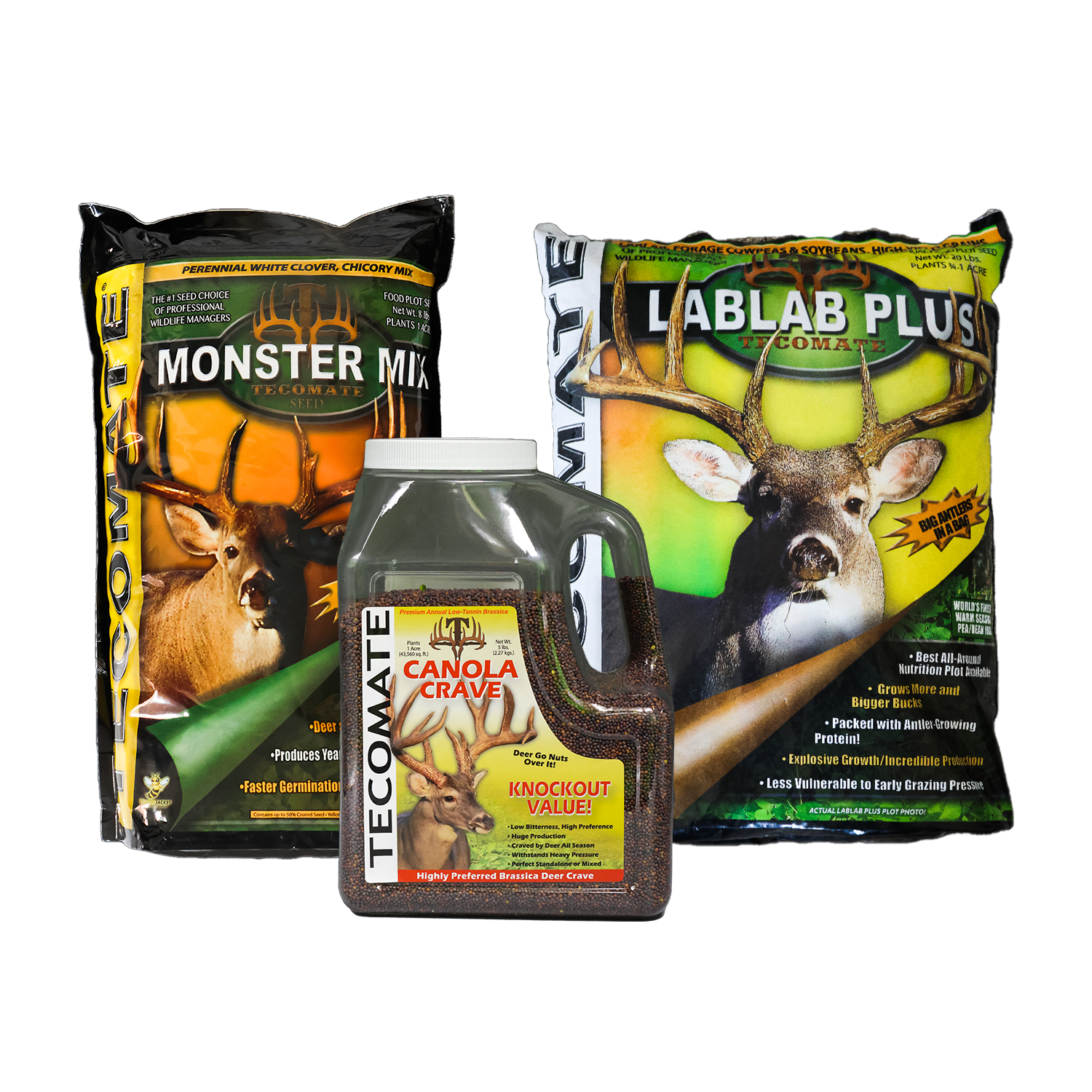
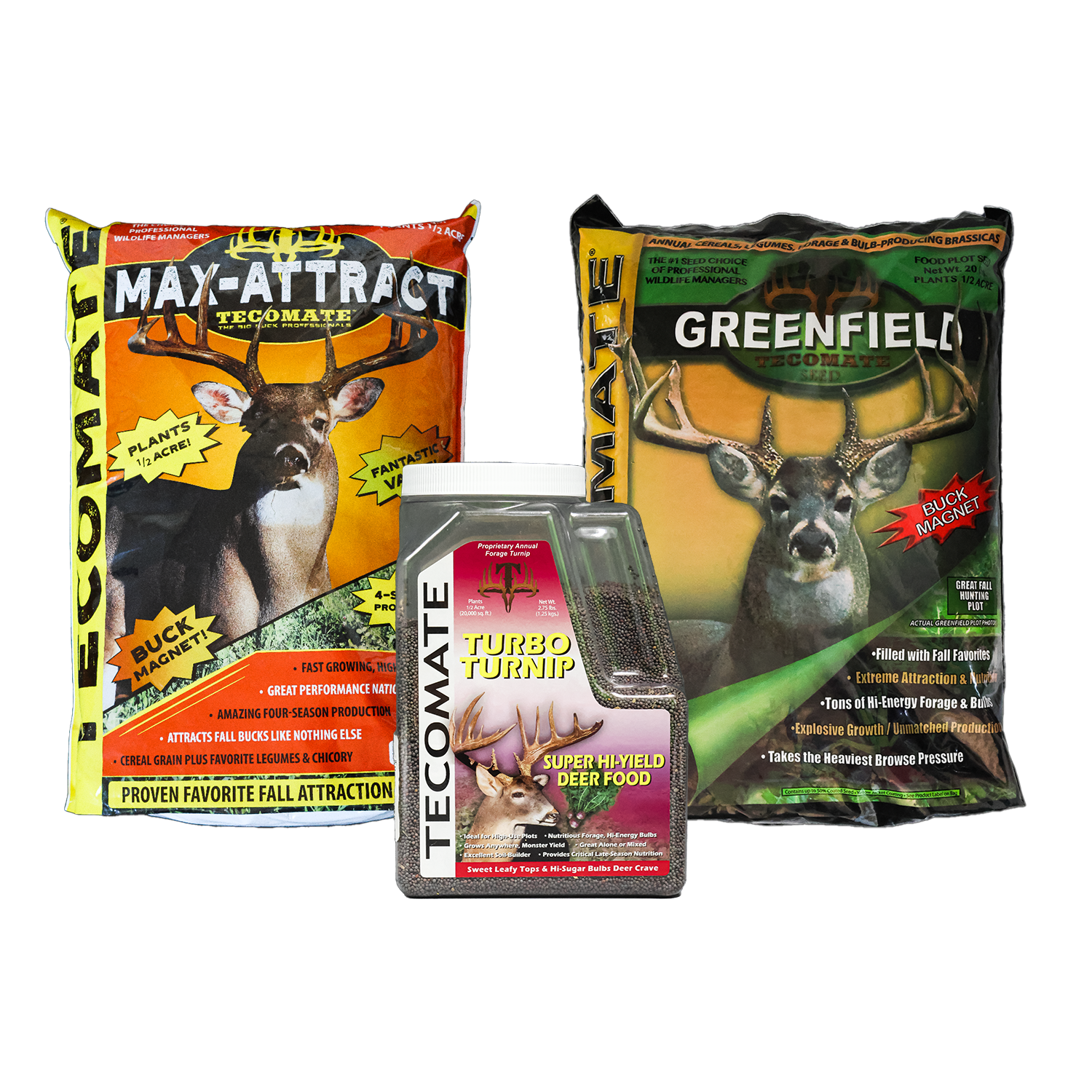
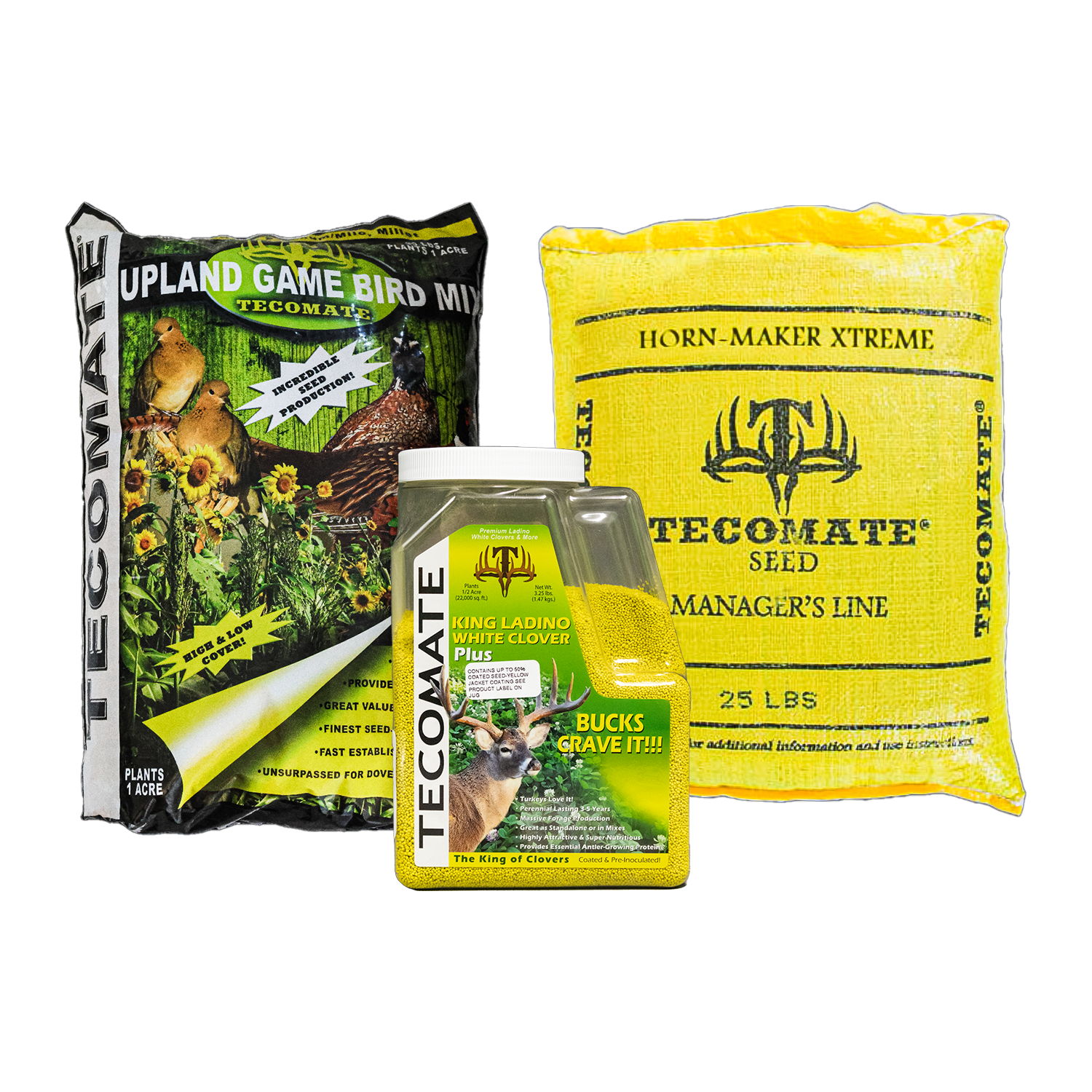
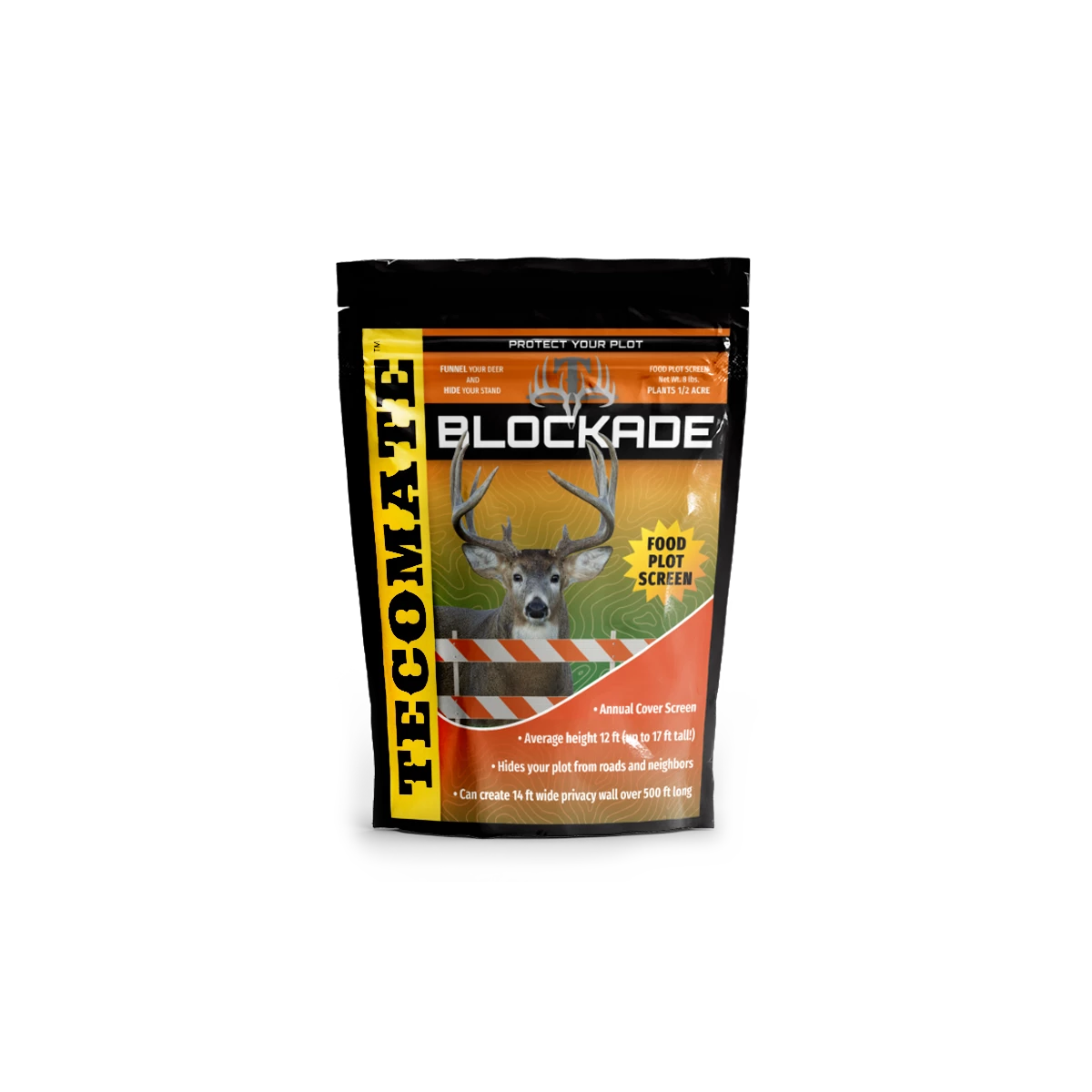
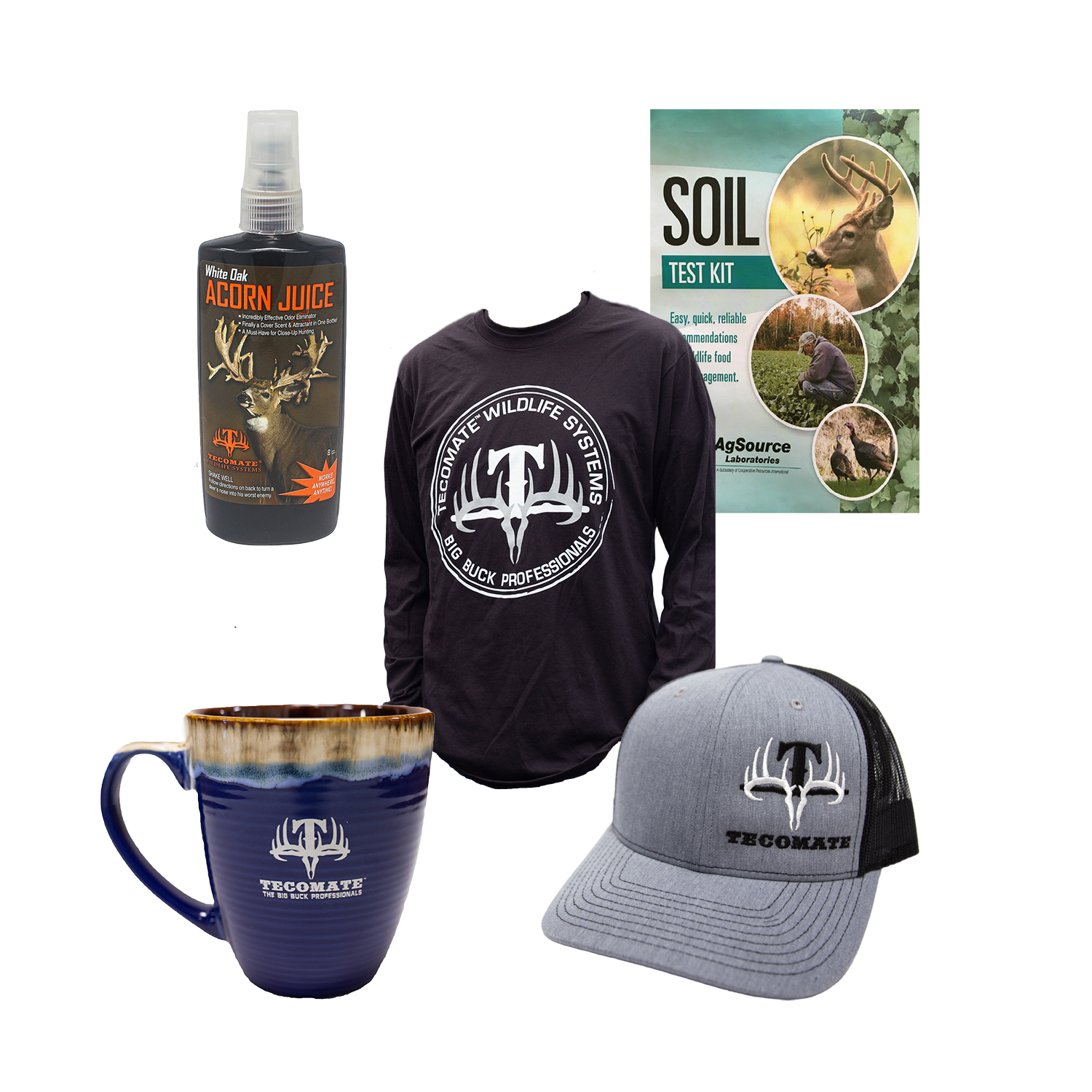
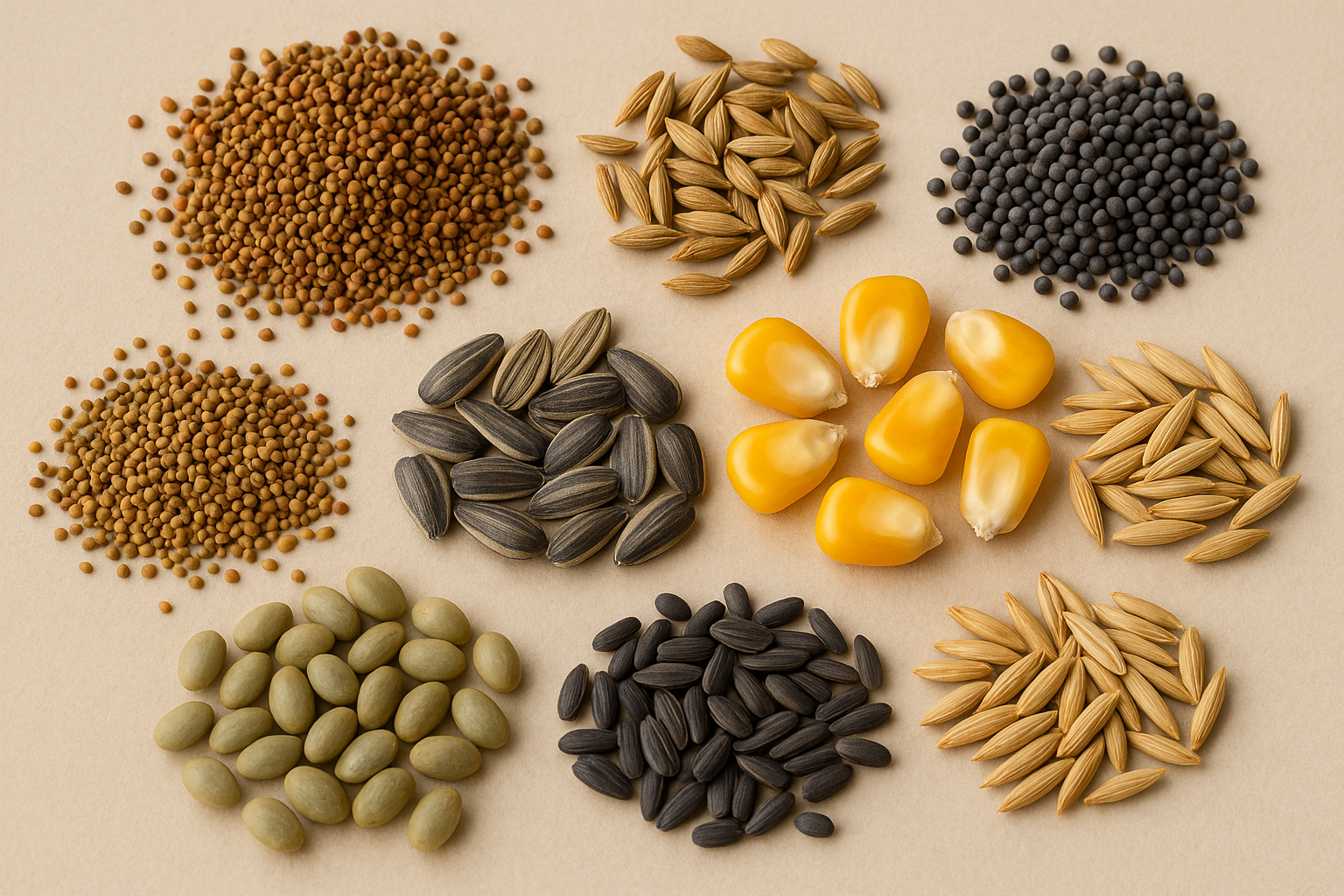
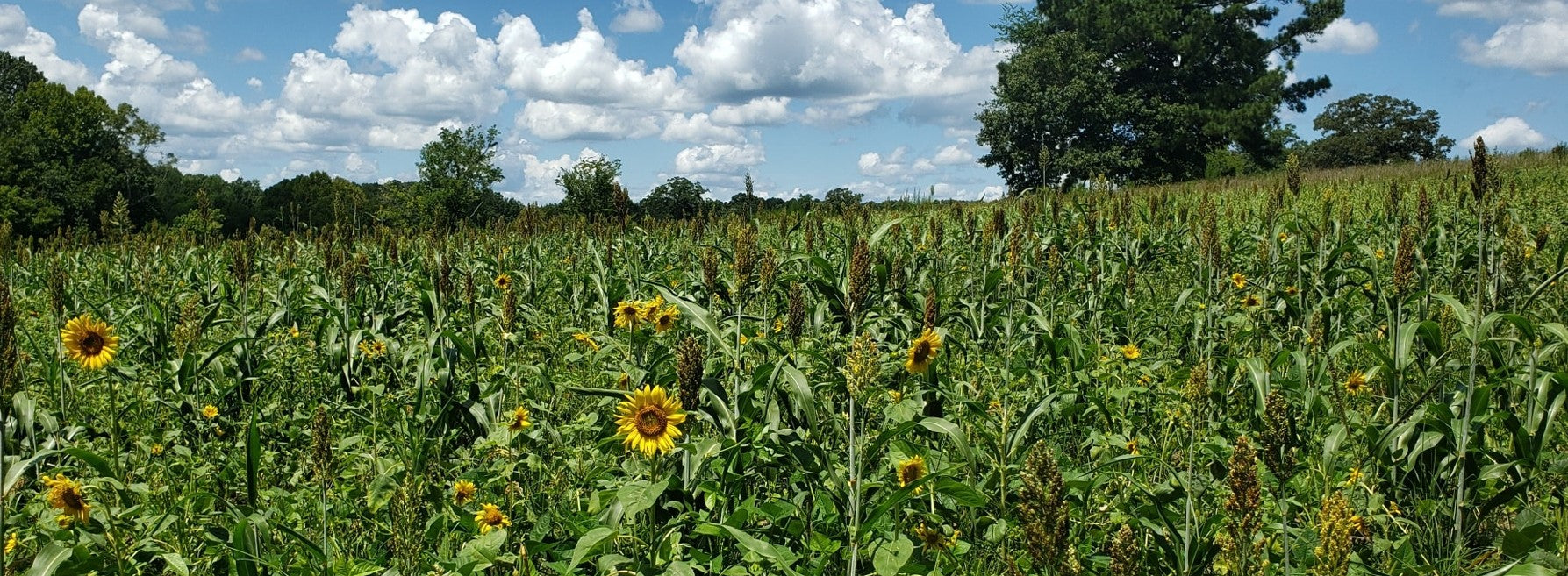
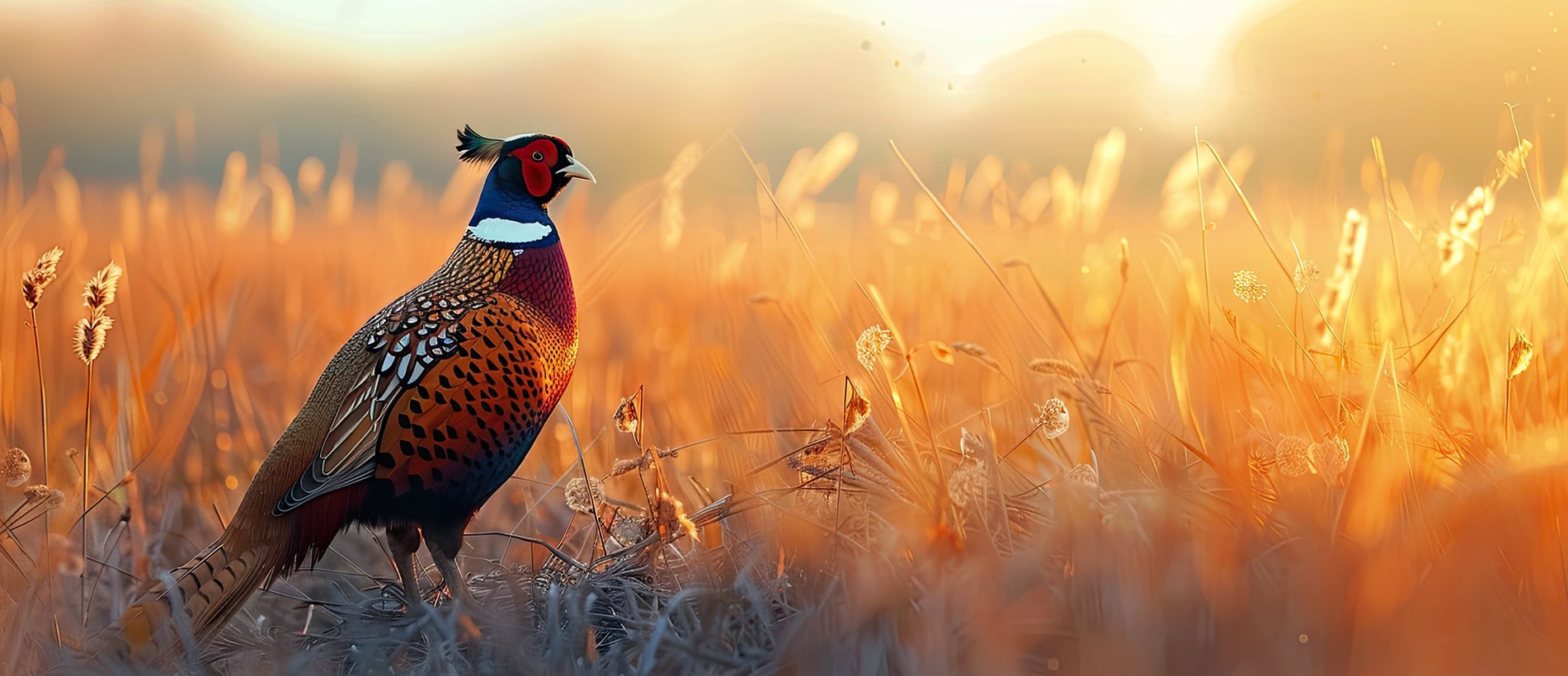
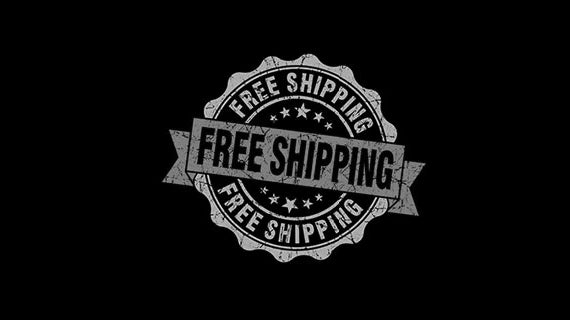
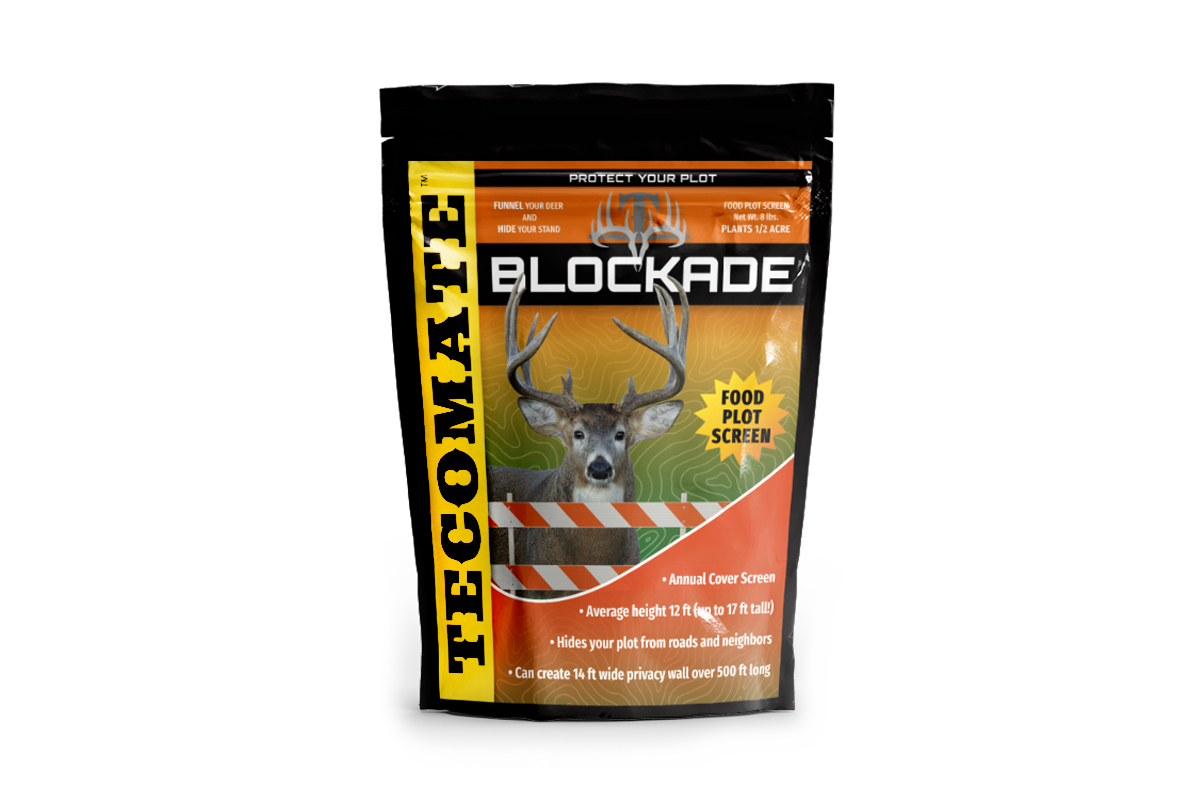
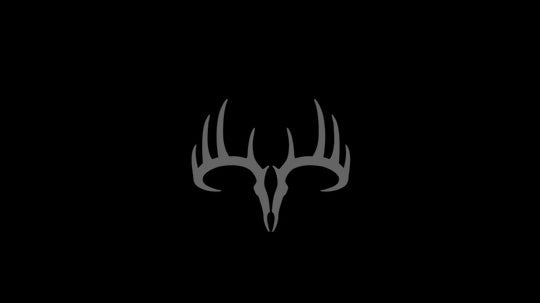
Leave a comment